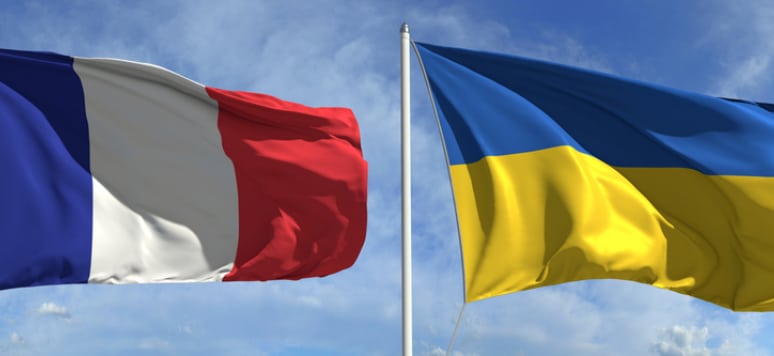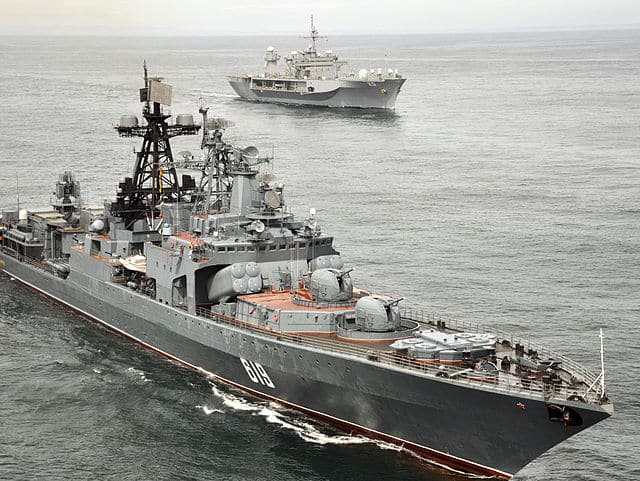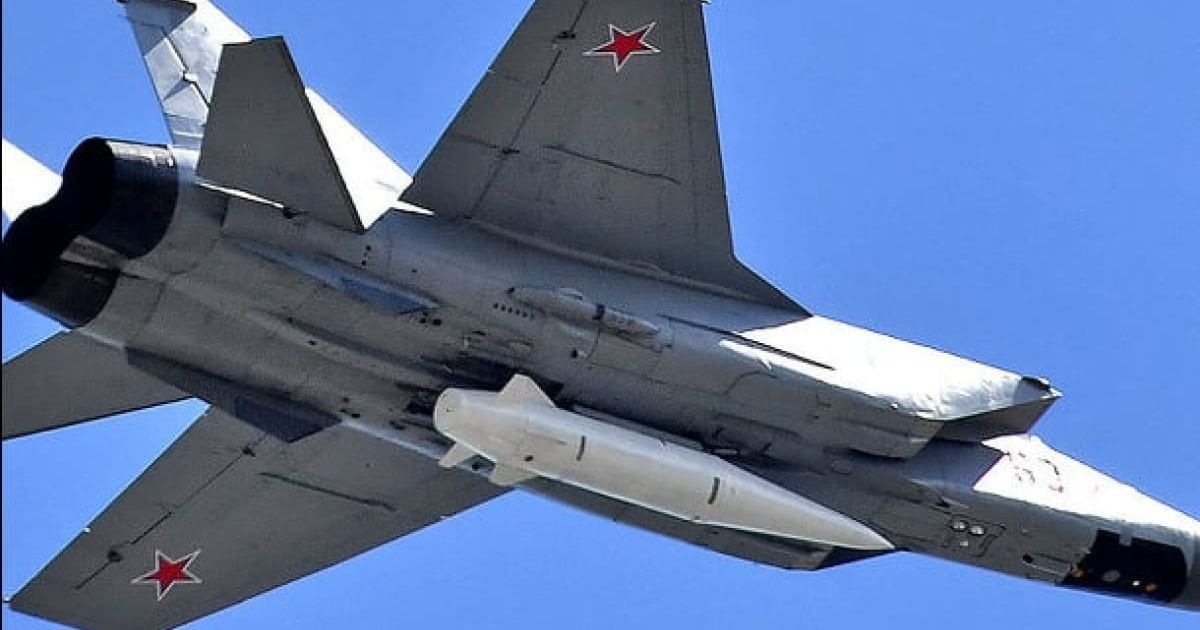Table of Contents
Air defense is an issue that is relevant not only to Ukraine but also to other European states. The full-scale invasion of Ukraine by Russia has demonstrated the importance of protecting critical infrastructure from missile strikes and drone attacks in such conflicts.
It has been revealed that ground-based air defense and missile defense systems play a role no less significant than modern aviation, which Ukraine is still expecting from its allies. However, there is also a shortage of such systems in Europe itself: let’s not forget that German IRIS-T systems were not in service with the Bundeswehr when Ukraine received them.
As a result, European countries have started actively investing in ground-based missile defense systems.
And Germany decided to take on leadership in this regard, announcing last year the creation of the Sky Shield initiative.
Although the Shield was unable to secure the support of some leading European defense states, falling victim to disagreements between Berlin and Paris, even the “permanently neutral” Austria and Switzerland expressed interest in joining it.
Under any circumstances, the experience of creating the Sky Shield will be beneficial for Ukraine. Likewise, Ukrainian experience will be valuable for participants in the Shield.
The big European “umbrella”
Europe watched with alarm Russia’s decision to resort to massive missile strikes after the failure of its ground offensive at the very beginning of the full-scale invasion. While Ukraine requested NATO and European countries to “close the sky,” Europe itself observed and realized that its own air defense (referring to ground-based systems) was not in optimal condition either.
For instance, most of the short and medium-range missile defense systems were outdated, and there were even fewer long-range systems. When it comes to ballistic or hypersonic missiles, the readiness level was also lacking.
One of the main reasons is cost (and we are already aware of that). For instance, the cost of a single long-range Patriot system is $1.1 billion, while its “European” counterpart, SAMP/T, is roughly half the price but still significantly expensive.
And it should be taken into account that the missiles for each system themselves cost several million dollars each.
Within the EU, several initiatives in the field of air defense and missile defense have already been deployed as of 2022. This includes the TWISTER project, led by France, for the development of ballistic missile defense systems, or HYDEF, designed for defense against hypersonic missiles. However, all of them were planned for implementation after the year 2030.
Furthermore, within the framework of Sky Shield, air defense and missile defense systems are intended to be integrated into a unified system for better efficiency, enabling systems from different manufacturers to interact with each other.
Under such a system, data collection and exchange regarding potential and actual threats take place, creating a dense defense network that an adversary would be unable to exhaust through numerous attacks or bypass in any way.
Not relying solely on internal capabilities
“We in Europe have a lot to catch up on when it comes to defense against air and space threats. Therefore, in Germany, we will invest significantly in our air defense in the coming years. All these systems will be deployable within NATO. At the same time, Germany intends to develop future missile defense systems in such a way that our European neighbors, such as the Poles, the Baltics, the Dutch, the Czechs, the Slovaks, or our Scandinavian partners, can join if they wish,” announced German Chancellor Olaf Scholz in August 2022.
The practical implementation of this plan took place in October of last year during a meeting of defense ministers from Alliance countries.
During the meeting, representatives from 15 countries signed a declaration of intent to create the European Sky Shield Initiative, which, according to NATO reports, “aims to establish a European air defense and missile defense system through joint procurement of relevant equipment by European states.”
Currently, a total of 17 states have joined the Sky Shield initiative, all of which are members of NATO, including Sweden, which recently became a member of the Alliance. However, neutral countries such as Austria and Switzerland have already expressed their intentions to participate.
According to some reports, Greece was also supposed to be part of the project, as it still relies on Soviet-era missile defense systems, but this has not been officially confirmed.
The number of participants in the Sky Shield has not yet been determined, and Germany has not outlined specific details of the project. However, based on public statements, it is evident that the project will focus on developing short-range, medium-range, and long-range missile defense capabilities.
Specifically, Germany proposes to acquire its own short-range IRIS-T missile defense systems, which have not yet been deployed in its military but have proven their effectiveness in combat in Ukraine. For medium-range systems, American Patriot systems are suggested, which, once again, have demonstrated their effectiveness in Ukraine.
For long-range capabilities, particularly to counter ballistic missiles, Germany proposes to utilize Israeli-American Arrow 3 systems, and Germany has already reached agreements for their procurement. This is the most critical sector as European NATO members rely on US-deployed missile defense systems in this area of defense.
German interest
The Sky Shield initiative theoretically has the potential to contribute to the creation of an integrated air defense and missile defense system in Europe, and that is how it is evaluated within the Alliance.
“The leadership of Germany in the European Sky Shield Initiative, which utilizes existing NATO cooperation mechanisms, is an extremely important step in ensuring that the Alliance can effectively defend against air and missile threats,” stated NATO Deputy Secretary General Mircea Geoană.
In the least ambitious sense, the Sky Shield initiative can serve as a means of cost savings: countries can jointly coordinate procurement of systems, benefit from economies of scale, and ultimately pay less. It could also involve cooperation in areas such as joint air defense exercises, improving logistical support, and other aspects, although specific steps in this direction have not been outlined yet.
It’s also a viable option, but the question arises: why was a separate initiative created for this, and why did Germany take on the leadership role?
By announcing this initiative, Berlin could have pursued multiple objectives.
The first, as mentioned earlier, is the need to strengthen its own air defense system. Until now, Germany had only a dozen Patriot batteries in its arsenal and no medium-range (such as the IRIS-T, which was primarily exported) or long-range capabilities.
Simultaneously, the Sky Shield initiative could help the German defense industry secure orders not only from the government (through the special fund established last year with a budget of 100 million euros) but also from abroad.
Steps in this direction are already being taken: Both Estonia and Latvia, participants in the Sky Shield initiative, aim to acquire the first IRIS-T SLM systems for their defense forces as early as 2024.
And thirdly, for Germany, it is important to demonstrate its leadership role in Europe and rally other states, especially in the face of numerous policy miscalculations concerning Russia, which it is beginning to acknowledge publicly.
However, this has met with varying degrees of success.
“You are preparing problems for the next day!”
From the very beginning, Germany’s Sky Shield initiative entered into a clash of interests with another contender for European leadership — France.
Relations between the two experienced an unnoticed yet palpable crisis last year, as evidenced by the absence of a joint press conference by the leaders following their meeting in October.
Berlin and Paris have long held different approaches to defense issues. The French side emphasizes support for European developments and investment in European defense projects, which are more costly and time-consuming but align with Emmanuel Macron’s pursuit of strategic autonomy.
On the other hand, Germany, while recognizing the need to rely less on the United States for security matters, advocates for the acquisition of American-made systems (although participants in the Sky Shield initiative can choose any systems), simply because it is needed now and is more cost-effective.
The “culmination” of this unofficial confrontation was an informal discussion held during the Paris Air Show in mid-June to discuss European air defense and missile defense. Despite Paris’s attempts not to portray this discussion as criticism of the Sky Shield initiative, it could not help but create that impression.
This criticism is well summarized by Macron’s words in one of his earlier speeches this year: “When I see that some countries increase defense spending to massively buy non-European defense systems, I simply tell them, ‘You are preparing problems for the next day!'”
Italy, which, along with France, produces the SAMP/T system, shares similar concerns and is not participating in the Sky Shield initiative. Italy is currently working on the modernization of the SAMP/T system and also shares the desire to rely less on American technologies.
They are concerned that the Shield initiative could hinder the implementation of the aforementioned TWISTER defense project.
Interestingly, Poland, which directly feels the threats of Russia’s full-scale war against Ukraine, including missile activity in Przewodów, and near Bydgoszcz, as well as the regular “visits” of unidentified balloons near the Polish-Belarusian border, did not join the initiative led by Germany.
This can be explained by the significant political divergences between Berlin and Warsaw, which have become particularly acute in recent months (although it did not prevent Poland from accepting German Patriots after the incident in Przewodów).
Unlike Paris, Warsaw does not face any issues with American systems and weapons.
Additionally, Poland prefers to develop its air defense system through bilateral agreements with the United States (for medium-range and long-range systems) and with the United Kingdom (for short-range systems).
Despite several months passing since the announcement of the Sky Shield initiative, it still lacks political support and specific details.
The project, which aimed to unite the efforts of European states in airspace protection, has so far only highlighted the contradictions within the Franco-German tandem and has not progressed beyond being a “hub” for equipment procurement, rather than becoming a driving force for strengthening an integrated air defense and missile defense system.
And despite this, the Sky Shield initiative potentially presents a great opportunity for Ukraine, where air defense is of crucial importance due to ongoing Russian missile and drone attacks.
Firstly, the Armed Forces attest to the effectiveness of Western weapon systems and gain practical experience in their utilization, particularly in the integration of systems from different manufacturers. This experience is highly beneficial for participants of the Sky Shield initiative and could potentially contribute to Ukraine’s future involvement in the initiative itself.
Secondly, the intensification of defense procurement and funding for air defense systems in Europe, in whatever form it develops, may also lead to greater accessibility of these systems for Kyiv.
While not in the short-term perspective, ensuring an adequate quantity of airspace defense capabilities will remain relevant even after the full-scale war with Russia concludes.
Originally posted by Oleg Pavliuk on European Pravda. Translated and edited by the UaPosition – Ukrainian news and analytics website
See also: Cluster munitions for Ukraine. Weapons for the offensive




